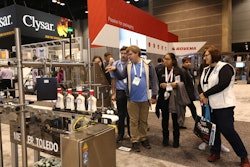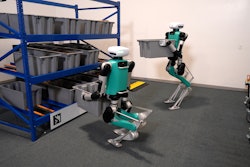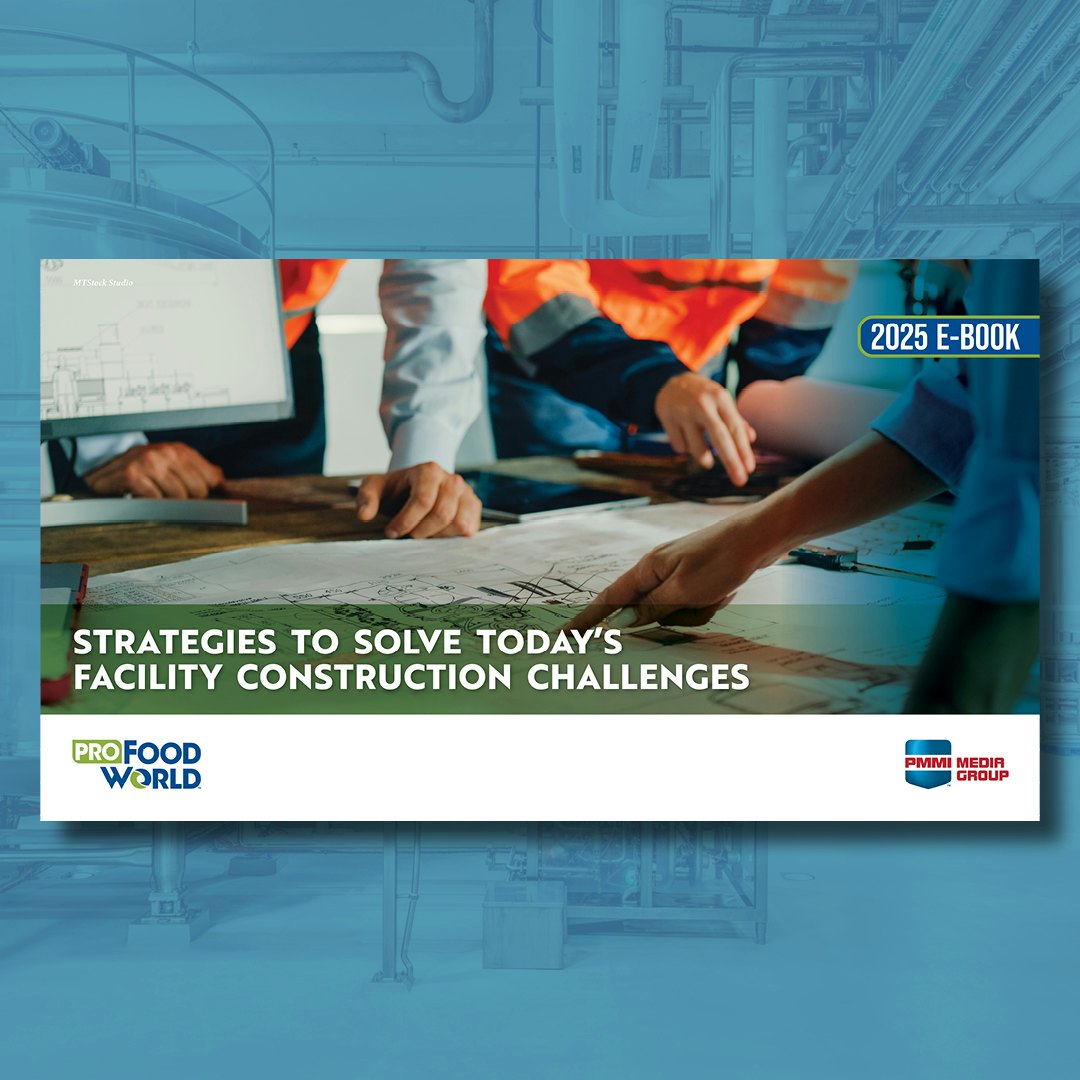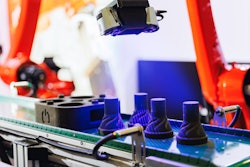The food and beverage industries are steadily catching up with the medical and pharmaceutical industries, which are considered to be at the forefront of R&D digitization. My comparisons between the industries are made here in terms of business models, data generation methods, its connectivity and traceability, adoption of hardware and software, and maintaining associated human resources.
Food and beverage companies can tap into immense business value through a well-deployed Enterprise Architecture style digital framework for R&D. Digitization can naturally enhance corporate intelligence, resulting in sustainable growth for flagship brands. This can be achieved through new insights derived from analytics that provide a competitive advantage, the ability to anticipate trends, and the agility to adapt to an ever-changing consumer market.
This journey has challenges. I will highlight them from my experience and list four ways through which I believe they can be addressed.
1. Capital investment and clarity on ROI. Food and beverage industries are traditionally light on R&D budget allocations, where typical amounts are 2 to 5% of the net revenue. Most of this R&D budget is spent on tried and tested ways of product innovation to maintain consumer demand and improve brand market share. As a result, incorporation of newer technologies and digitally driven processes to supplement traditional R&D workflows has been slow.
For example, in the beverage industry, new package development would require up to 12 months on an average where the majority of the time could be spent on development, testing, and ensuring compliance. Virtual analysis methods and analytics of legacy data can shorten this time by a few months.
Even when this advantage is known, adoption lags due to costs. Commercially available R&D Enterprise Architecture solutions have a high upfront cost for software and hardware deployment. Out-of-the-box solutions may not fit existing business process, requiring further expenses for customization. Complete support from company top leadership and higher R&D budget allocation is the only way to overcome this barrier. Assuming a commitment is made and sustained, realistic timelines for return on investment could be three to five years for larger organizations.
2. Legacy systems and data migration. A key challenge to most larger companies in adopting R&D-wide Enterprise Architecture solutions is connecting legacy systems with the new software, or outright replacing them. I encourage teams to complete a full technical assessment in advance, and plan and allocate resources to this task upfront, to create a seamless integration process in collaboration with the solution provider. Significant cost overruns are likely if solution deployment and legacy system integration are done simultaneously.
3. Reducing dependance on large scale physical testing. True efficiencies from R&D digitization can be realized when extensive testing, and trial-and-error approaches, are replaced with computer-based simulations. The medical device industry has already demonstrated it is possible to skip or replace physical tests and consumer analysis with simulations and still comply with Food and Drug Administration approvals. Food and beverage companies must adopt similarly agile practices to improve speed-to-market.
Analytics and simulation protocols are continuously improving. It is imperative that food and beverage companies keep up with these developments and implement them. “Find and Reuse” is a great strategy for larger organizations that have spent decades physically testing their products. This is a process in which legacy test data can be leveraged to predict new product performance using statistics and trend-mapping analytics. Digital Twin, which is basically a high-fidelity computer model replica of a physical system, is the future of computer-based simulations. Scale of this replica can be from a simple bench test to a full production line. A key input to make Digital Twin modeling possible is collecting real-time data and feeding it through computationally fast simulations to get immediate, actionable feedback for the modeled system. Overall, focus should be on minimizing lab tests which function to verify success in the first try and leveraging data instead, irrespective of the simulation strategy that makes it possible.
4. Taking others along with R&D. Digitization of R&D can’t be done in a silo. Cross-functional partners and commercialization teams will be integral to this journey. For example, food and beverage industry production sites tend to have low-tech resources that must absorb the work product from R&D and join in their vision. Developing and investing human capital is critical to ensure value is gained from various digital data threads that can trace their origins to production equipment. The Internet of Things as a deliverable never will be possible in the food and beverage industry if investment in talent at the plant level remains a low priority. This problem is further exacerbated for regional teams in the developing world.
In summary, R&D digitization is needed in the food and beverage industries. If companies broadly follow the above guidelines across a deeply interconnected ecosystem of people, processes, and data systems, a foundation for high future-business returns can be created. Success will depend on the right balancing of technology with human intelligence during the transformation. Organizations capable of driving this culture change will thrive.
The author, Advait Bhat, is Principal Engineer, Global Beverages R&D at PepsiCo, where he is closely connected with the digital transformation team. For more information on IoPP, visit www.iopp.org.























